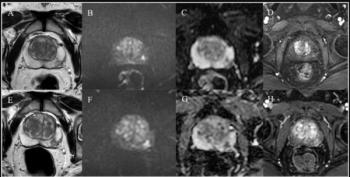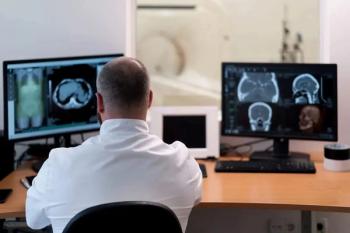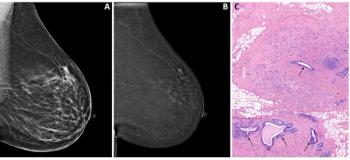
Toshiba trims ultrasound product line in U.S.
Toshiba America Medical Systems has sharply focused its U.S. ultrasoundproduct efforts. The vendor has ended the sales of scanners intosuch markets as ob/gyn and urology--which were channeled throughdealers--in order to focus its own direct sales efforts
Toshiba America Medical Systems has sharply focused its U.S. ultrasoundproduct efforts. The vendor has ended the sales of scanners intosuch markets as ob/gyn and urology--which were channeled throughdealers--in order to focus its own direct sales efforts on radiologyand cardiology, according to Daniel Dugan, vice president forultrasound business operations.
"We cover the (U.S.) market with dedicated ultrasoundpeople and no distributors," Dugan told SCAN.
Trimming its product line will help TAMS avoid customer confusionabout what scanners are meant for which markets. The strategywill also let the vendor concentrate ultrasound advertising, marketingand sales resources on the two dominant user groups in this market,he said.
"We may come back to the ob/gyn market, for instance,but with a product designed and built for the U.S. market anda dedicated organization set up to sell it," Dugan said.
TAMS has expanded its ultrasound sales and service staff tofocus on these two large market segments. Although some short-termrevenue was sacrificed by the shift of products, overall ultrasoundrevenue will have grown 45% to 50% in fiscal 1991 (end-March).This makes TAMS the fastest growing ultrasound company in theU.S., he said.
Toshiba is readying the seventh software revision for its 270high-end ultrasound scanner, which should be available by May.A unique feature of the upgrade is independent beam steering forgray-scale imaging, spectral Doppler and color-flow Doppler, saidThomas Jedrzejewicz, director of marketing.
Gray-scale imaging is optimized when the beam runs perpendicularto the vessel. However, vessels do not always run parallel tothe skin, he noted. Color-flow Doppler, on the other hand, requiresits own approach to the vessel for optimization of the flow velocitymap.
Newsletter
Stay at the forefront of radiology with the Diagnostic Imaging newsletter, delivering the latest news, clinical insights, and imaging advancements for today’s radiologists.






























